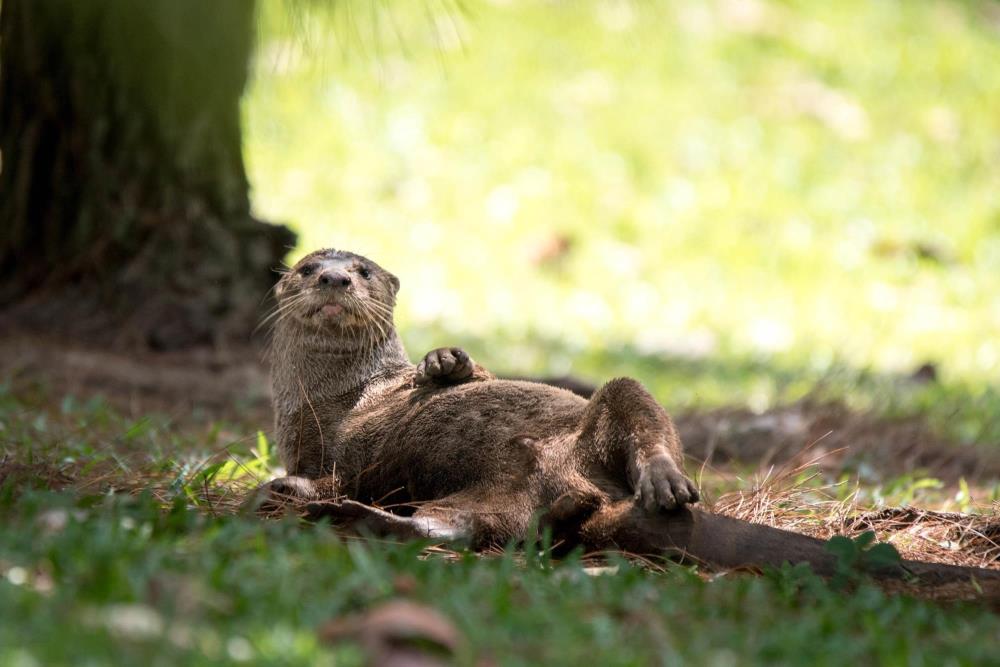Mammals are warm-blooded and often have hair on their bodies. They also produce milk to feed their young. The name “mammal” comes from the word “mammary” which is the gland that produces milk!
Mammals can be classified into 3 types based on how their babies develop:
Monotremes
These are mammals that lay eggs! The eggs hatch after 10-11 days and the babies are tiny, about the size of a 10-cent coin. They feed on their mothers’ milk in pouches on the mothers’ bellies. The only Monotremes alive today are the Spiny Anteater and Platypus in Australia (including Tasmania) and New Guinea.
Marsupials
Marsupials give birth to babies that are tiny and not fully developed. They crawl up their mothers’ fur into the pouches on the mothers’ bellies and drink their mothers’ milk until they fully develop. These species include koalas, kangaroos, wallabies, wombats and opossums that are found mostly in Australia, New Guinea and South America.
Placentals
Most mammals fall in this group, including us humans! The babies are carried in the uterus of the mothers to a late stage of development before they are born. Like marsupials, pregnant mother placentals have a placenta, which exchanges nutrients and waste materials between the baby in the womb and the mother.
Click the link to find out more about the mammal species which you can spot at Jurong Lake Gardens!
 List of Mammal Species in Jurong Lake Gardens List of Mammal Species in Jurong Lake Gardens |
Banner: Smooth-coated Otter. Photo credit: Jeremy Yeo Wei Liang (NParks)


